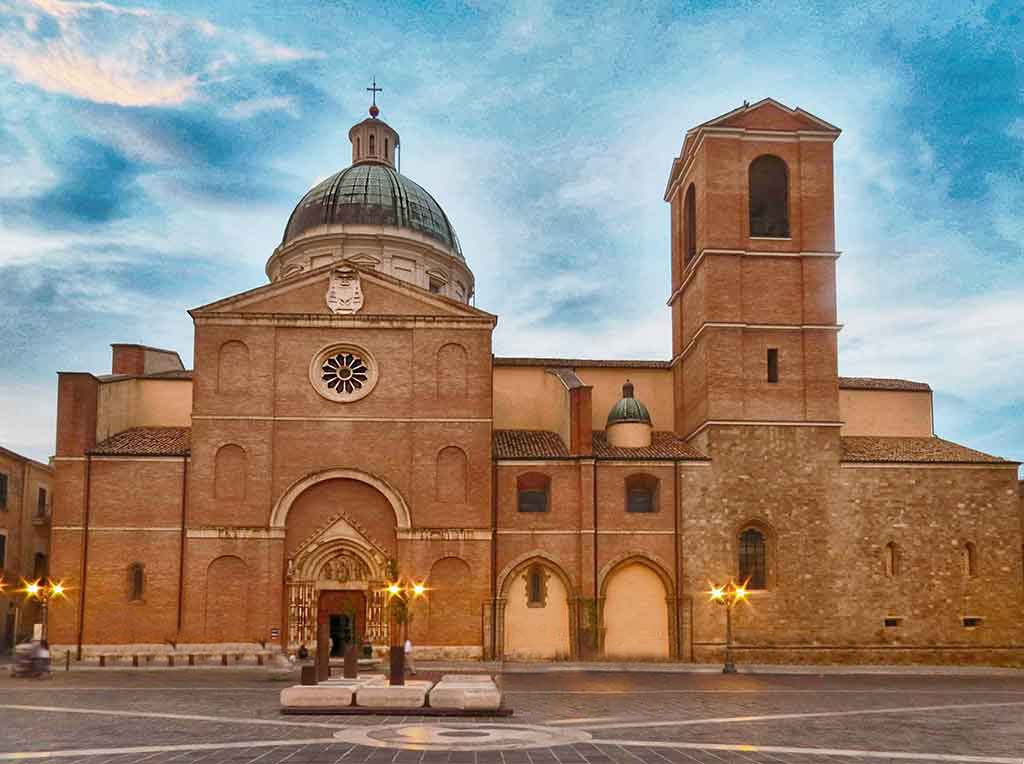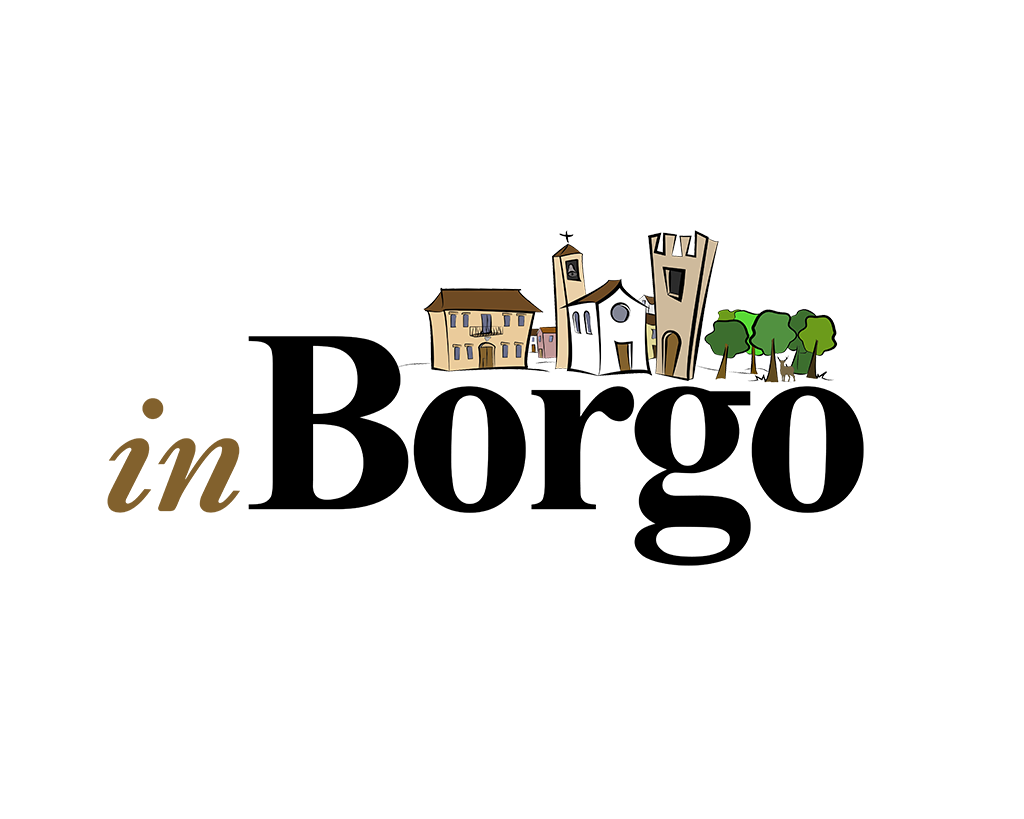Su una falesia a 72 s.l.m. sporgente sul mare sorge Ortona. Guardando il suo profilo, il castello emerge dal resto. Situato nella parte estrema della città, si affaccia sul mare. Fu costruito dagli Angioini nel XIII secolo. Jacopo Caldora mandò via gli Angioini e rifondò il Castello munendo la città di mura fortificate. Ma furono gli Aragonesi, una volta conquistata Ortona a costruire il nuovo castello con mura molto più massicce.
La storia di Ortona è antichissima che risale al popolo dei Frentani. Il susseguirsi di conquistatori dopo la caduta dei romani, fu la stessa di molte altre città localizzate lungo la costa adriatica dell’Abruzzo: Goti, Bizantini, Longobardi e infine i Normanni che purtroppo la incendiarono.
Furono gli avevi a farla rifiorire economicamente.
Oltre al Castello, Ortona ospita numerosissimi luoghi di interesse artistico e storico. Tra essi la cattedrale che dal 1258 conserva le reliquie di San Tommaso Apostolo.
Ricordiamo inoltre la Chiesa della Santissima Trinità, quella di Santa Maria di Costantinopoli, tra gli edifici religiosi. Il palazzo Farnese, Palazzo Corvo, tra gli edifici privati.
Un evento triste fu la battaglia di Ortona durante la seconda guerra mondiale nel dicembre del 1943 tra i Tedeschi e gli alleati. Ortona purtroppo era situata sulla Linea Gustav e pagò con distruzione e morti questa triste localizzazione. Un cimitero canadese a pochi km dal centro di Ortona, ce lo ricorda.
On a cliff 72 above sea level, jutting out into the sea, stands Ortona. Looking at its profile, the castle emerges from the rest. Located in the extreme part of the city, it overlooks the sea. It was built by the Angevins in the 13th century. Jacopo Caldora sent the Angevins away and refounded the Castle by equipping the city with fortified walls. But it was the Aragonese, once Ortona was conquered, who built the new castle with much more massive walls.
The history of Ortona is very ancient and dates back to the Frentani people. The succession of conquerors after the fall of the Romans was the same as in many other cities located along the Adriatic coast of Abruzzo: Goths, Byzantines, Lombards and finally the Normans who unfortunately burned it.
It was the Swabians who made it flourish economically.
In addition to the Castle, Ortona hosts many places of artistic and historical interest. Among them is the cathedral which has kept the relics of St. Thomas the Apostle since 1258.
We also remember the Church of the Holy Trinity, that of Santa Maria di Costantinopoli, among the religious buildings. The Palazzo Farnese, Palazzo Corvo, among the private buildings.
A sad event was the battle of Ortona during the Second World War in December 1943 between the Germans and the allies. Unfortunately Ortona was located on the Gustav Line and paid for this sad location with destruction and deaths. A Canadian cemetery a few kilometers from the center of Ortona reminds us of this.
Comune di Ortona
Via Cavour, 24
66026 – Ortona (CH)
Tel. 085 90571

